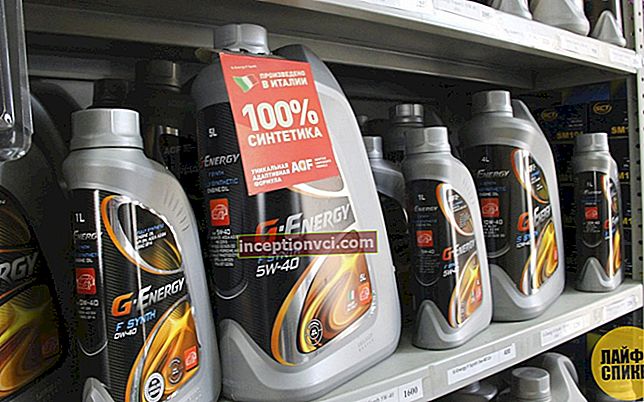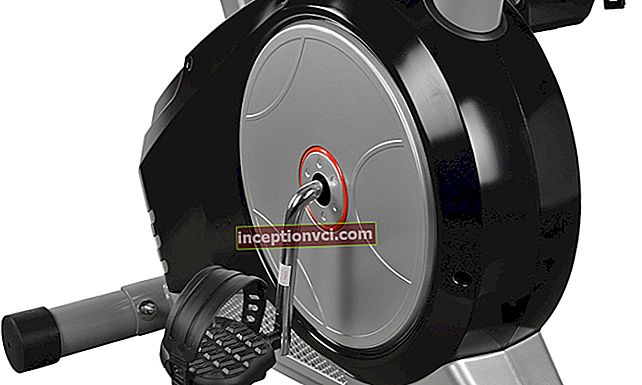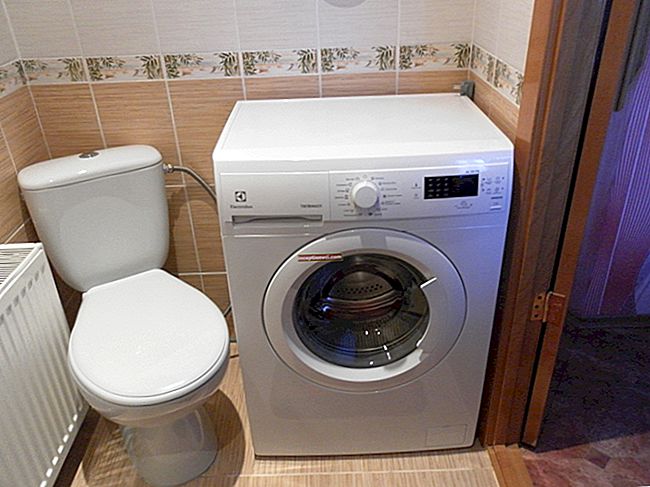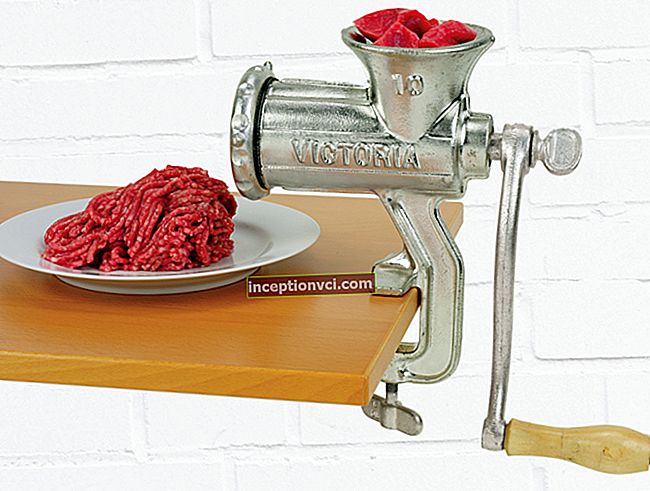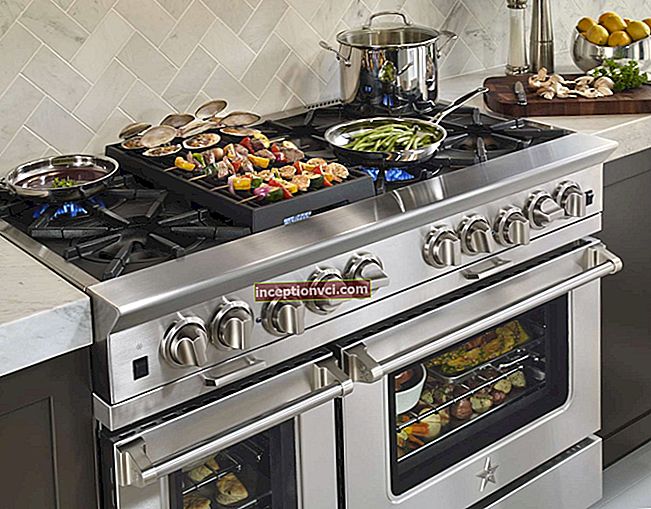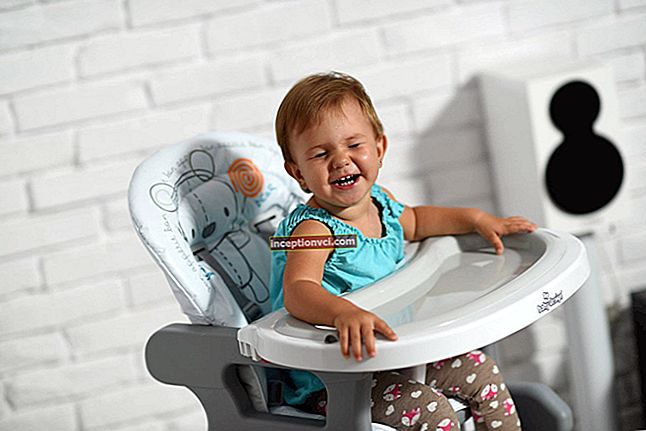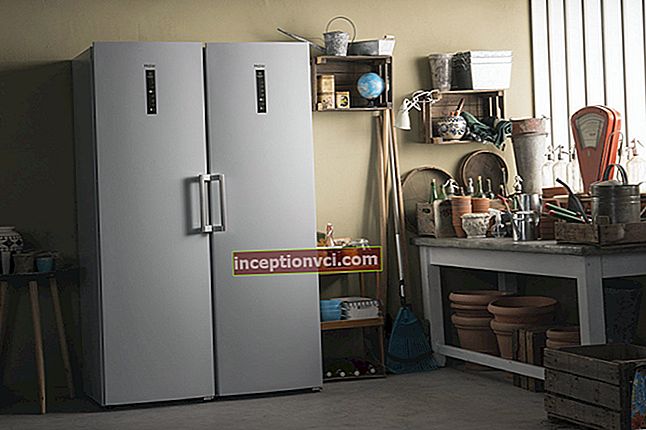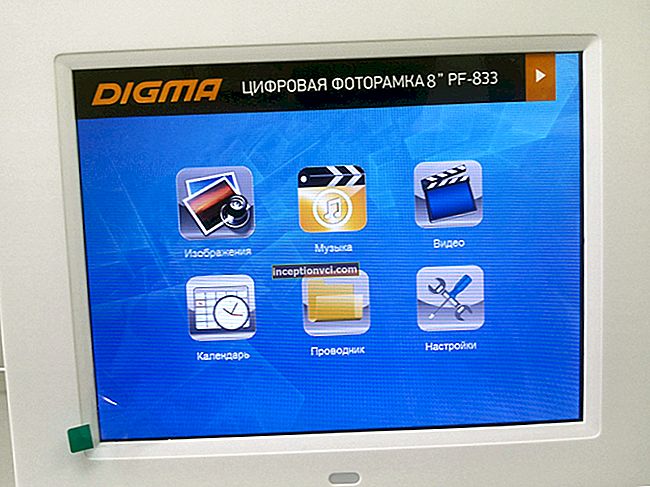Before installing the xenon correctly with your own hands, replace the optics in the headlamp - lenses that help focus the light beam in the desired direction. Halogen headlight lenses are larger in diameter than xenon lenses, and the reflectors are wider and deeper.
 If you connect xenon instead of halogen, then the light from it will scatter in all directions. The xenon will not have an upper light border and focus the beam in the center. It will dazzle the drivers of oncoming and passing vehicles, and yourself.
If you connect xenon instead of halogen, then the light from it will scatter in all directions. The xenon will not have an upper light border and focus the beam in the center. It will dazzle the drivers of oncoming and passing vehicles, and yourself.
The lens mounts for installing xenon do not differ from those for halogen, so no additional holes need to be made. Connection sequence:
- open the hood, remove the positive terminal from the battery (so as not to shock);
- remove the plugs from the rear ends of the headlights (for most cars they are rubber, for some models - metal, with screws);
- we turn off the wires going to the base of the lamps, remove the lamps, having previously removed the fixing springs from the base;
- unscrew the screws that hold the halogen lens, carefully remove it;
- in its place you need to put xenon, and then screw the lens to the base of the headlamp.
If you can't get the lens, you will have to remove and disassemble the headlight in order to install the xenon yourself. To do this, unscrew all the bolts that secure the headlight under the hood, disconnect all wires and remove the entire headlamp unit. Sometimes, in order to connect xenon, you will need to dismantle the front bumper.
How to put xenon
You should install xenon yourself in three stages. For work, you need a Phillips screwdriver, tape or electrical tape (you can also take plastic clamps), a drill with a metal cutter (25 mm), adapter rings.

Step 1. Install the voltage relay
When the xenon headlights are turned on, the voltage in the vehicle's electrical system increases. This sometimes leads to failure of the standard electronics. To avoid voltage surges, when installing the xenon light, connect the ignition units to the vehicle's electrical network through a relay - voltage converter.
Connect the relay between the battery and the ignition unit. You can fix the relay in any convenient place under the hood (most often attached to the fuse box). When all parts of the xenon light are mounted, we connect the relay with the wires that come with it with the battery and the xenon headlight ignition units.
Useful article: "How to choose an engine oil for a car"
Step 2. Install xenon lamp ignition units

We install blocks of ignition of xenon lamps near the headlights so that the wires connecting them do not stretch. Most of the housings of the ignition units are sealed, water-resistant and withstand temperature extremes. Additionally, insulate them with tape or tape. Having chosen a place, we fasten the ignition blocks with plastic clamps (for reliability, you can put the block on self-tapping screws or double-sided tape).
We connect one of the wires from the xenon kit to the round connector of the ignition unit. Then we pull the wire through the hole in the plug, attach its terminals to the plus and minus terminals on the base of the xenon lamp. We connect the second wire to the oval connector of the ignition unit, and connect its other end to the wires that go to the headlight power supply unit.
Step 3. Installing xenon lamps in the headlights
When removing the lamps from their packaging, do not grasp the glass bulb. Grease stains may remain on the glass, which eventually form carbon deposits. At this point, the flask will heat up more, its glass will melt and burst. We insert the lamp into the hole in the lens and fix its base with a retaining spring.To prevent the lamps in the base from vibrating and rotating, we use metal or plastic adapter rings (adapters) with which we fix the lamp. Then we make a hole in the plug through which we will stretch the wires leading to the lamp ignition unit. We connect the wires to the ignition units.
After installing all the elements, you need to correct the headlights. This can be done manually using the screws located on the back of the headlight housing. If you are not sure of your own strength, correct the headlights at the nearest service station, where there is the necessary equipment for this.
Drivers who decide to install xenon should be aware of the higher responsibility. Dirt on such headlights strongly scatters a powerful beam of light, blinding the drivers of oncoming and passing vehicles. Therefore, we advise you to install xenon along with washers and use them often. Manufacturers of cars with standard xenon are sure to equip cars with headlight washers.
Interesting article "Do-it-yourself anti-rain»
Watch the video on how to polish your headlights with your own hands to shine like new
